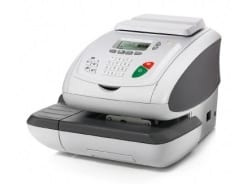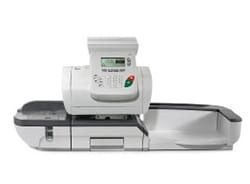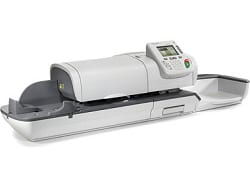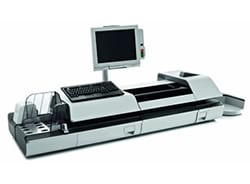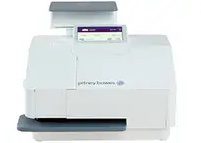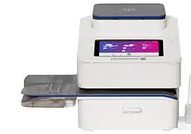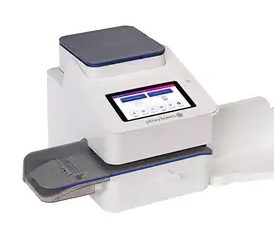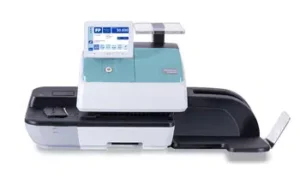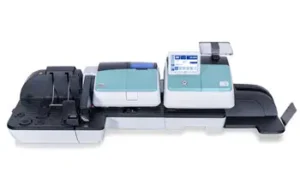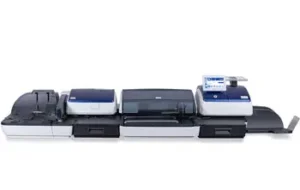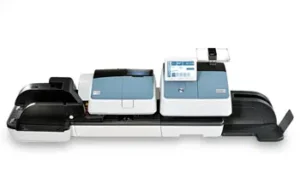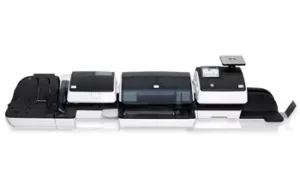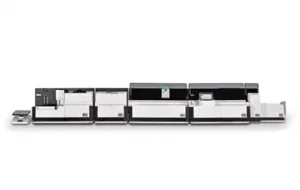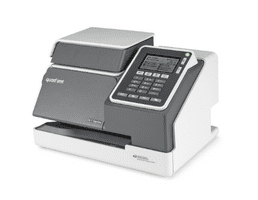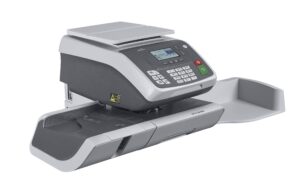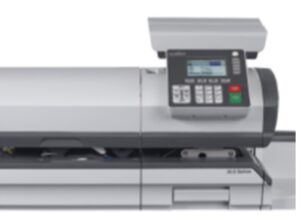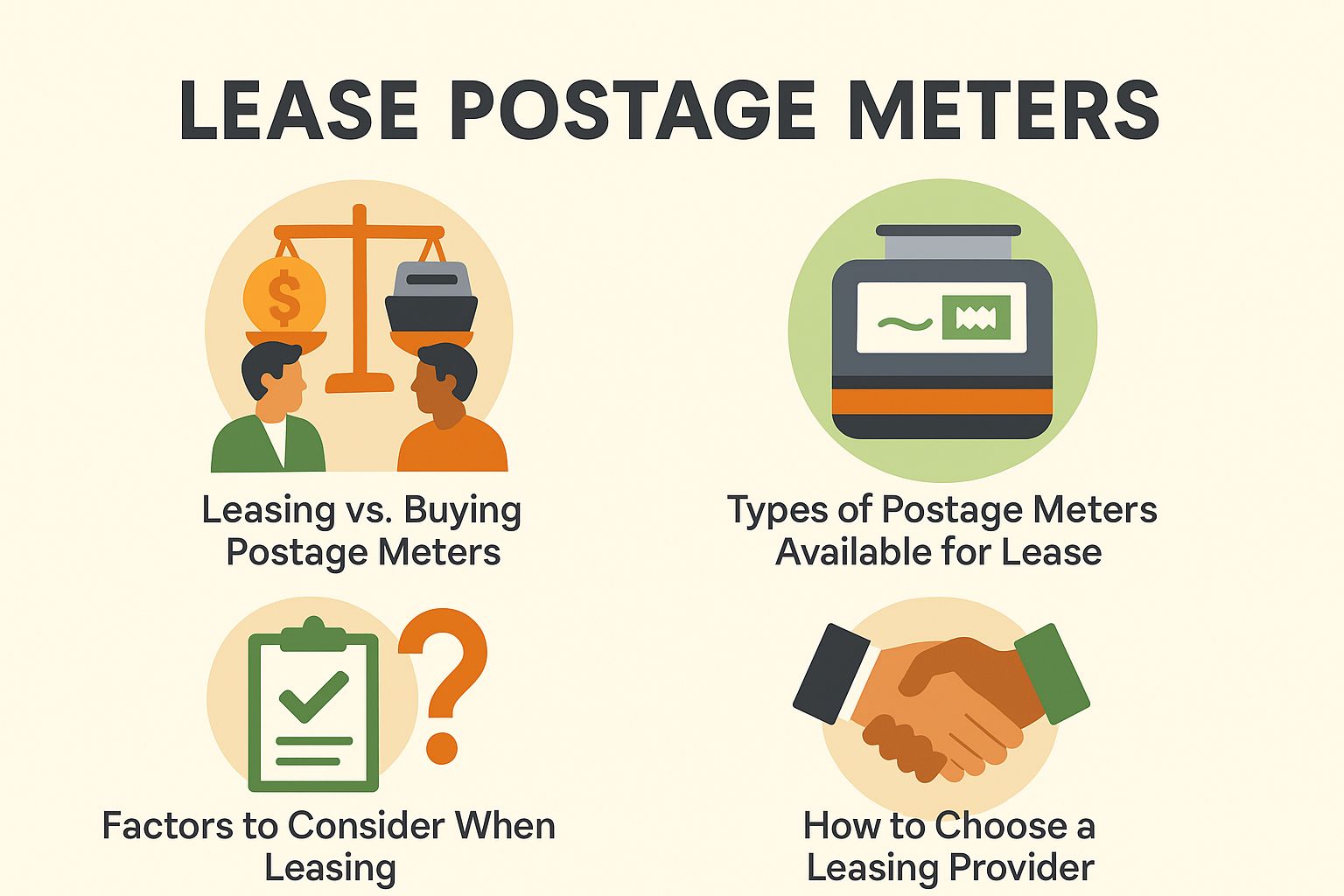
Lease Postage Meters Leasing – Over 2,000 Models
PostageMeterRental.com makes it simple to lease the best postage meter for your office. There is no simpler way to connect and compare the cost of leasing options from qualified dealers like Quadient (formerly NeoPost), Pitney Bowes, Hasler, FP USA, and Data Pac. Start comparing prices by volume:
Imagine the hassle of mailing without a postage meter-long lines and guesswork at the post office. It’s very important for businesses to process mail quickly and correctly. Postage meters make mail handling easier by automating the process, which helps save both time and money. This article looks at different ways to lease a postage meter, comparing prices, ease of use, and various types of postage meter setups you can choose from. We’ll also discuss key factors to consider when leasing postage machines and how to select the right provider. Learn how leasing a postage meter can improve your mailing process.
Fill out a short form to compare prices on hundreds of brands and models of the best postage meters.
Pitney Bowes Postage Meters
FP Postage Meters
Quadient Postage Meters
Definition and Purpose
A postage meter is a device that prints postage directly onto mail pieces, serving as an efficient and cost-effective mailing alternative to traditional stamps.
Postage meters make mailing easier in different ways. By eliminating the need for physical stamps, they save time and reduce the likelihood of errors in calculating postage.
Businesses can set up systems to send their mailings automatically, reducing the need for manual effort. For example, tools like Pitney Bowes and Neopost offer models that allow businesses to weigh packages and automatically apply the correct postage.
These meters can monitor postage costs through advanced postage tracking, giving useful information for budgeting. Using a postage meter can improve work efficiency and lower mailing expenses.
Benefits of Using Postage Meters
By using postage meters, you can save up to 20% on mailing costs with postage discounts and improve speed with simplified steps and automatic postage calculation.
By investing in a postage meter like Pitney Bowes or Neopost, businesses can seamlessly track postage expenses and adjust based on mailing volume.
For example, a company might use Pitney Bowes’ SendPro series, which combines online shipping management to improve cost savings. Automating the process eliminates manual errors, speeding up deliveries and improving accuracy.
Many users report recouping their investment within months simply through reduced shipping rates and improved workflow, showcasing the potential benefits of adopting postage meters.
Leasing vs. Buying Postage Meters
Choosing whether to lease or purchase a postage meter requires thinking about the money involved, such as initial expenses and ongoing financial responsibilities. To understand if these investments are beneficial, consider diving into this in-depth analysis of whether postage meters are worth the investment.
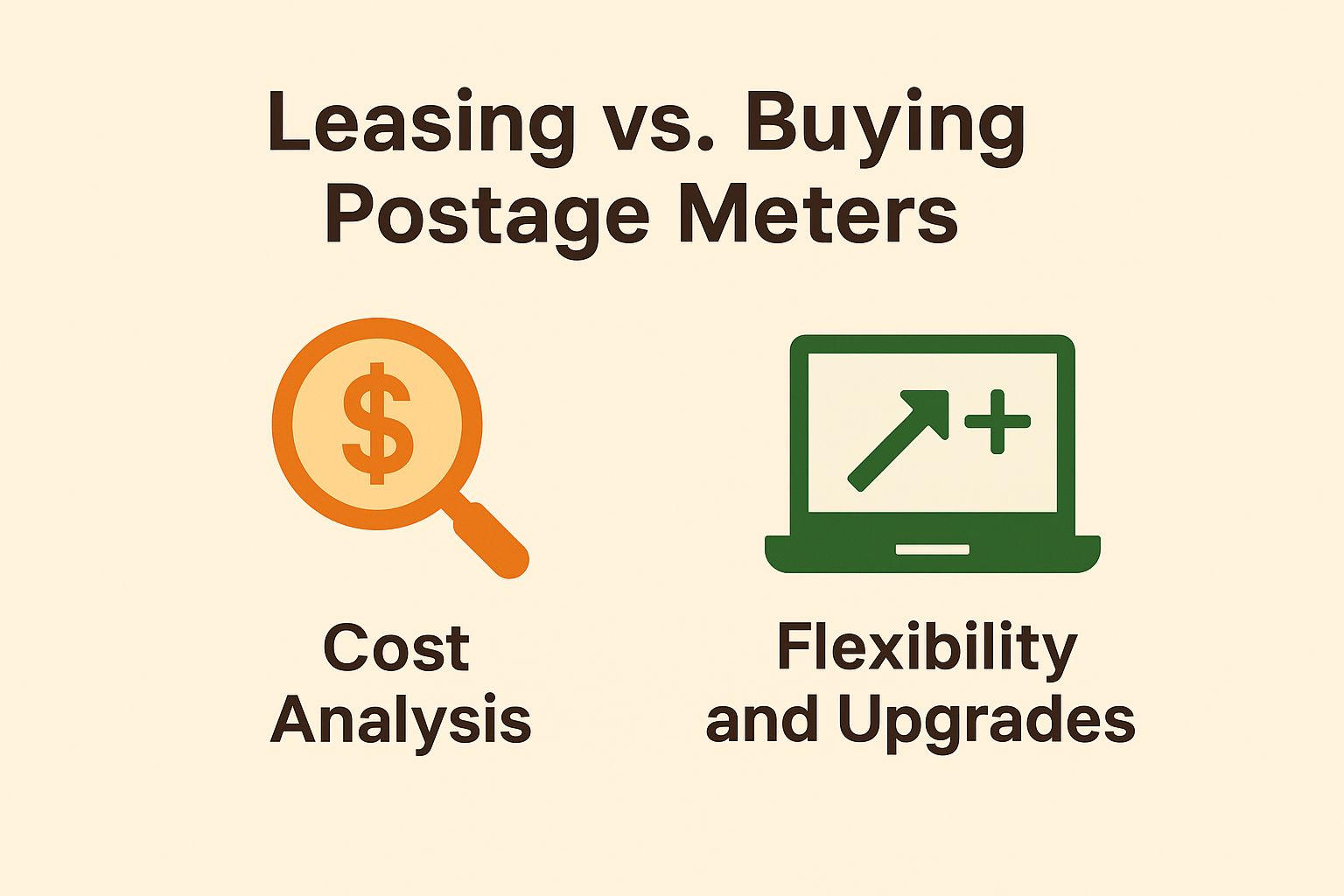
Cost Analysis
Leasing a postage meter typically costs between $20 to $100 per month, while purchasing one can range from $500 to $2,000 upfront.
When considering the best option, factor in long-term usage. If you send a high volume of mail regularly, purchasing may save you money over time. For example, if your lease is $50 monthly, that totals $600 in a year compared to a one-time purchase of $800.
Use PostalMate or Endicia to correctly calculate shipping costs and manage postage usage. Check for potential tax benefits; purchasing might allow for depreciation, lowering your total costs further.
Evaluate your business’s mailing frequency and budget for optimal choice.
Flexibility and Upgrades
Leasing allows companies to upgrade to newer models regularly, avoiding the trouble of selling old equipment.
This method is particularly helpful for industries that heavily use technology. A graphic design company can rent the latest Macs to have current software and technology.
Lease agreements often include maintenance and support services-which reduces downtime and simplifies budgeting. With a lease-to-own program, businesses can slowly pay for necessary equipment, getting important updates without big initial expenses.
Leasing makes processes more efficient and improves financial flexibility, allowing companies to stay competitive without relying on old technology (see also: Will Renting a Postage Meter Save Your Business Money?).
Types of Postage Meters Available for Lease
Postage meters are available for different mailing requirements, suitable for both small and large-scale use. If you are considering renting, you might find it helpful to explore what the best postage meter rentals are to ensure you choose the right model for your needs.
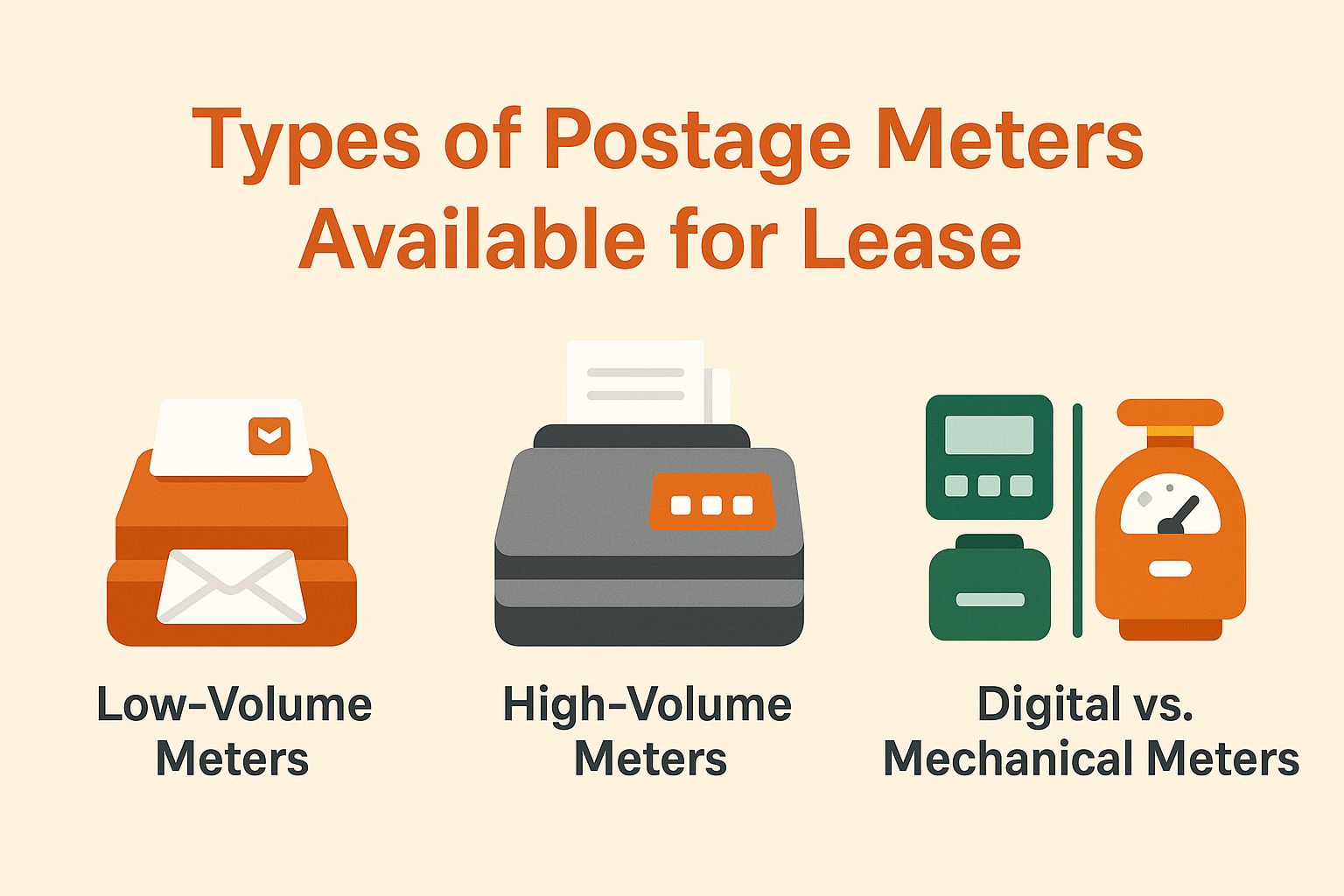
Low-Volume Meters
Low-volume postage meters, typically leasing for $20 to $50 per month, are ideal for small businesses handling fewer than 500 pieces of mail a month.
These meters improve mailing efficiency by adding the date, printing postage automatically, and ensuring USPS compliance.
For instance, the Digital Postage Meter by Pitney Bowes, starting at around $30/month, supports quick envelope printing and weighs small packages. Meanwhile, the Neopost IS-280, at $45/month, allows integration with online services for easy postage management.
By selecting a meter that matches your mailing volume and business requirements, you can improve efficiency and lower postage expenses.
High-Volume Meters
Postage meters that handle large quantities of mail may cost between $100 and $400 a month to lease, and are made to process thousands of mail items quickly.
These meters cater specifically to businesses that send out large volumes of mail, such as online retailers, schools, and marketing agencies.
For instance, an e-commerce company with daily shipping notifications can benefit immensely from efficiency gains-reducing manual stamping time significantly.
Tools like Neopost or Pitney Bowes offer scalable solutions that can handle different amounts of mail.
By investing in these machines, businesses can also take advantage of bulk mailing discounts, enhancing their overall mailing strategy while cutting costs.
Over time, this can lead to a substantial return on investment.
Digital vs. Mechanical Meters
Digital postage meters offer advanced features such as online tracking and software integration, while mechanical meters are more traditional and often less costly.
Digital meters, like the Pitney Bowes SendPro, allow users to print postage from their computers, track shipments in real-time, and connect with accounting software for seamless expense tracking.
Mechanical meters, like the Neopost IJ-25, are simpler and more dependable for small businesses that send a small amount of mail.
While digital meters may have a steeper initial investment, their long-term benefits may outweigh costs for businesses with high mailing volumes or extensive tracking needs. The right choice depends on how often you send emails and how comfortable you are with technology.
Factors to Consider When Leasing
When renting a postage meter, companies should think about important points like the lease duration, upkeep choices, and overall affordability.
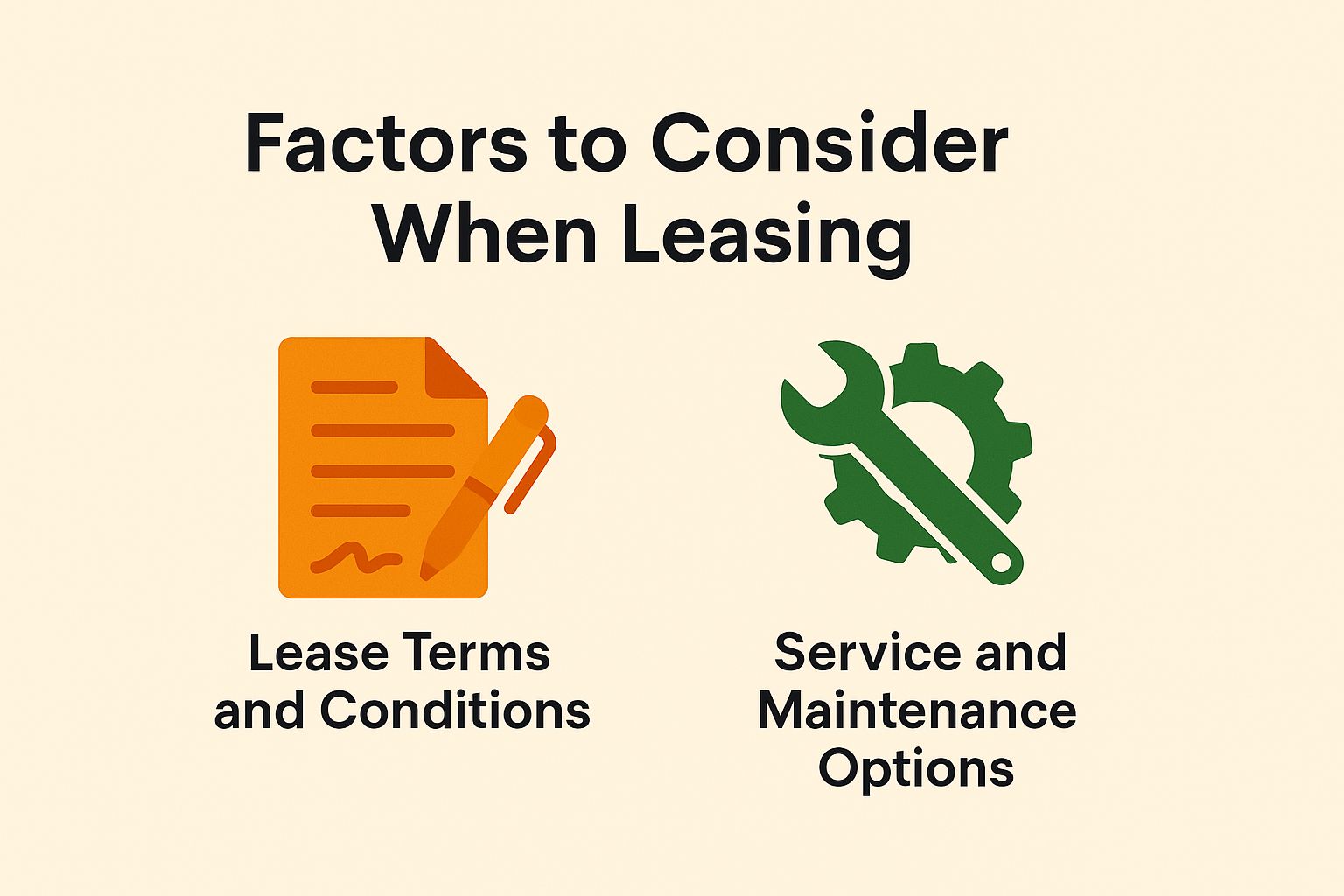
Lease Terms and Conditions
Lease terms can vary significantly, with typical agreements lasting from 24 to 60 months, including clauses for early termination and upgrade options.
Additional common terms include the monthly rent, security deposit requirements, and maintenance responsibilities.
For instance, a lease might specify a monthly rent of $1,200, with a security deposit equivalent to one month’s rent. Early termination fees can often range from one to three months of rent, while maintenance clauses detail who is responsible for repairs, which can vary by landlord.
Knowing these details gets tenants ready for what they will face and helps avoid arguments.
Service and Maintenance Options
Service options for leased postage meters often include maintenance contracts ranging from $15 to $50 per month, providing essential support and repairs.
These service agreements typically cover a range of services, including routine inspections, emergency repairs, and replacement of parts.
For example, some companies provide a plan for $40 per month that covers all service calls, while others may bill you separately for parts.
To avoid surprise expenses, check that contracts include details on reply times and coverage limits. It’s a good idea to ask about software updates, as regular updates can make your meter work better and safer.
How to Choose a Leasing Provider
Choosing a reputable postage equipment provider for leasing means looking at their reputation, the services they offer, and how well they help their customers. To make an informed decision, consider whether renting a postage meter will save your business money in the long run.
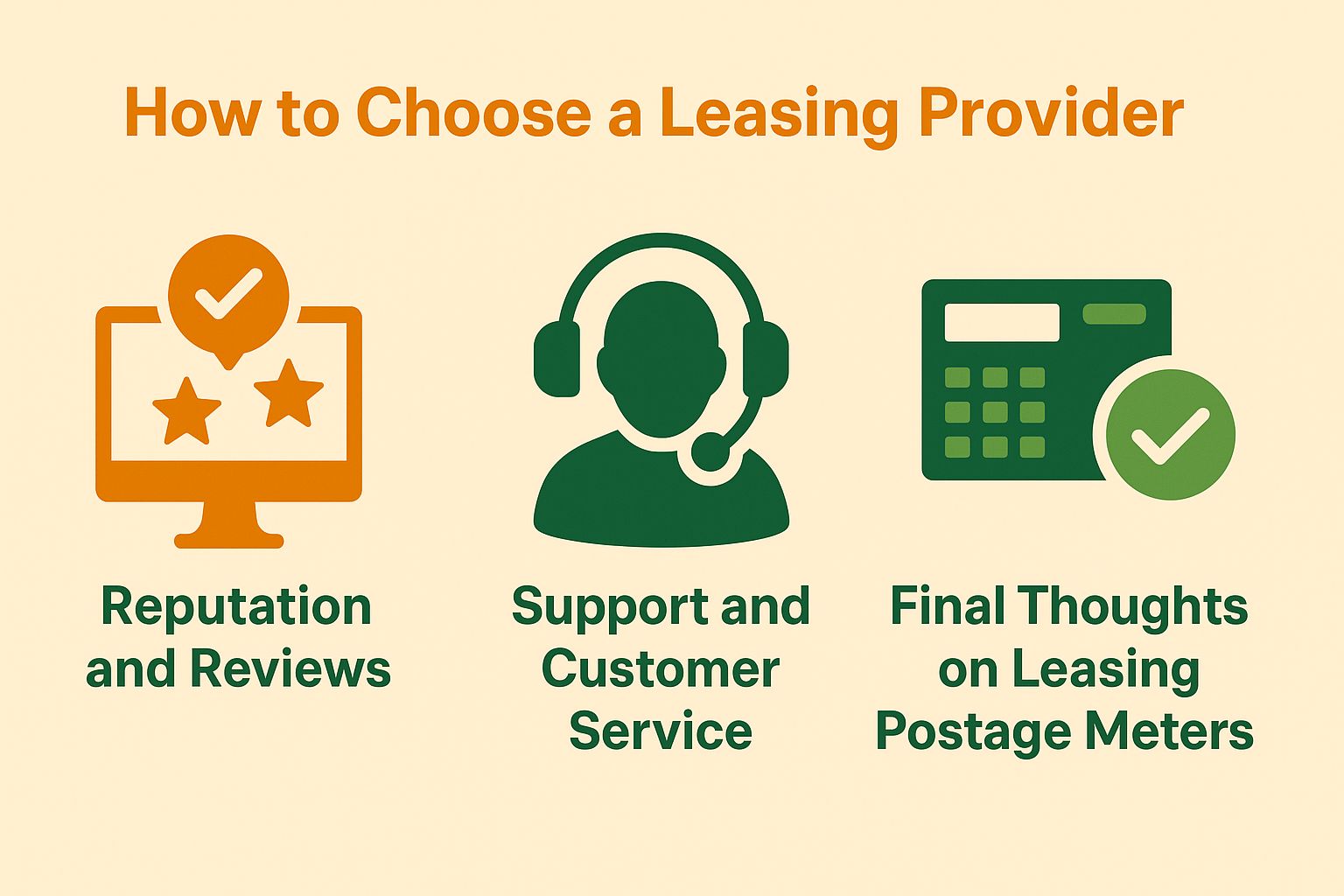
Reputation and Reviews
Checking provider reviews on sites like Trustpilot or Yelp can show you what customers think about their satisfaction and how dependable the service is.
To help you choose wisely, find thorough reviews that talk about things like how quickly they respond, the quality of service, and the support for customers.
For instance, one user may highlight a leasing provider’s quick turnaround on maintenance requests, while another might complain about hidden fees. Notice patterns in the reviews-if many people talk about bad communication, that’s a warning sign.
Think about using social media sites like Reddit or Facebook groups to interact with current or former customers. This can help you get a better sense of what people think about the provider.
Support and Customer Service
Good customer service is important for leasing. Choose companies that offer round-the-clock help and clear service agreements.
Consider choosing a leasing provider that includes clear response times in their lease agreements. A reliable company should assign a dedicated account manager to address your requirements and guarantee quick communication.
For example, many businesses find success working with providers like:
- FlexLease, which boasts a 98% satisfaction rate
- InsureMyDeal, known for their 24/7 chat support
Check reviews or talk to people about the support given, especially during urgent situations or when managing issues, to make a wise decision.
Final Thoughts on Leasing Postage Meters
Deciding to lease a postage meter should fit your business goals and procedures, offering a chance to improve office work and business effectiveness.
To make an informed choice, consider your mailing volume and frequency.
- A postage meter suited for low-volume users, like the Pitney Bowes SENDPRO C200, may be ideal at around $30 per month for small business mailing and office postage needs.
- For large-scale tasks, the Neopost IS-5000, with prices starting at $100 per month, can greatly simplify processing with its advanced postage meter features and meter impressions capabilities.
Make sure the lease covers needed software updates, postage software, and technical support to keep things running smoothly, ensuring USPS compliance and proper meter maintenance.
Evaluating these factors will help you choose a leasing option that supports your mailing efficiency and cost-effectiveness, including postage cost management and equipment rental considerations.
